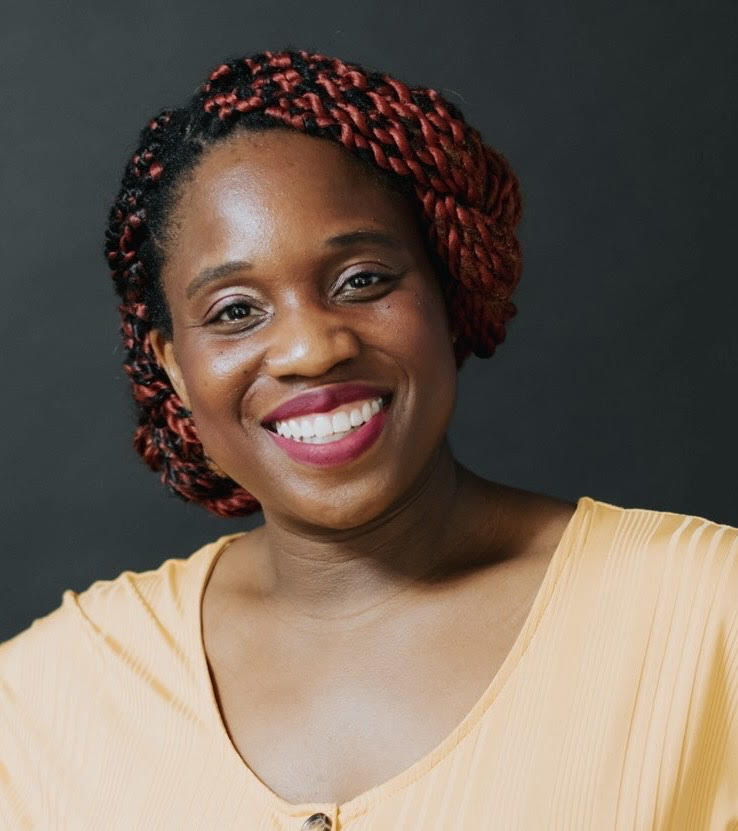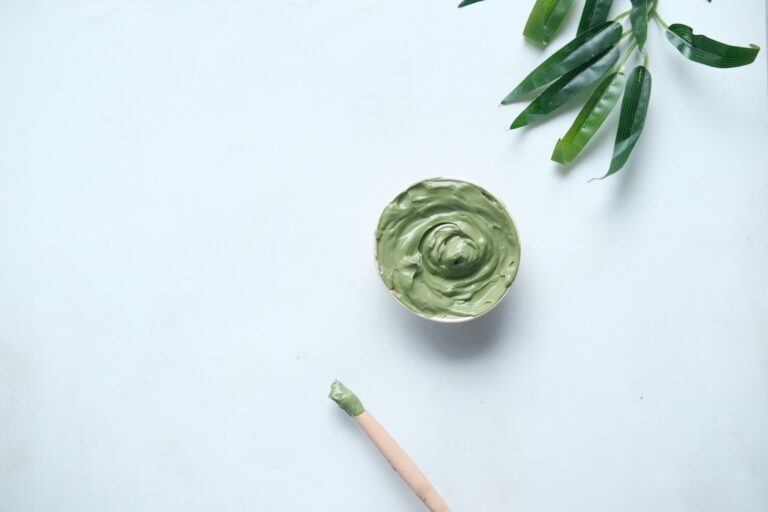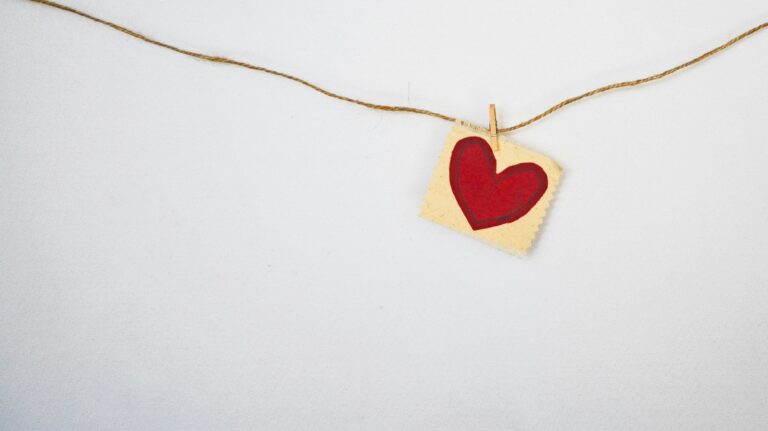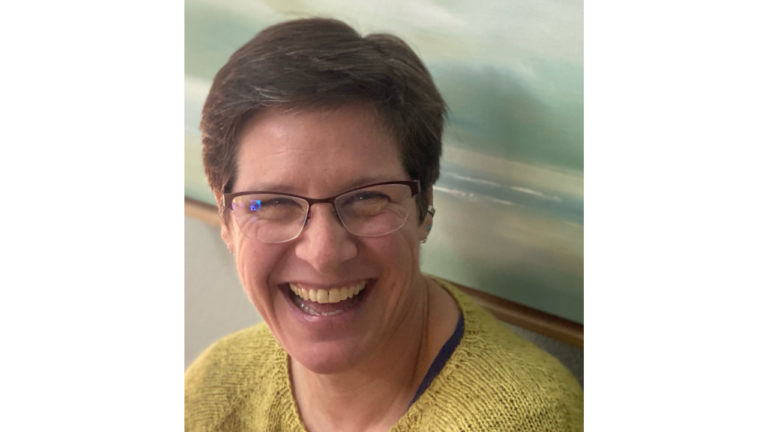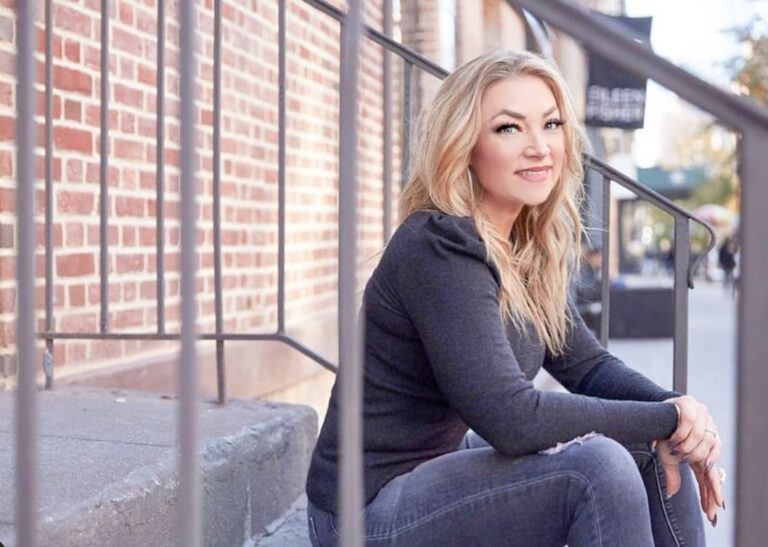Using Art to Heal: A Conversation with Linda Shanti McCabe
In this espisode of the Widow Squad Podcast, I talk to special guest, Linda Shanti McCabe, a fellow widow, author, and expressive art therapist who shares her experience of using art to heal her grief.
Linda shares how art can provide comfort, belonging, and creative expression during the arduous grieving process. Art became a crucial part of her healing process by offering a means of expressing emotions that words often fall short of capturing.
We dive into Linda’s immersion in all things widow, from joining coaching programs to reading widow memoirs and researching post-traumatic growth. She candidly recounts her experience trying to find support groups that catered to her age group, highlighting the unique challenges faced by younger widows.
If you’ve ever turned to art as a means of healing your grief or want to learn more about the power of creativity in the grieving process, this episode is for you.
Key topics in this episode:
- How using expressive art therapy can aid in the grieving process
- The need for open conversations about death and grief in our society
- Challenging outdated grief theories and why it’s essential to acknowledge continuing bonds
Linda’s story and expertise will inspire and uplift you, offering a fresh perspective on grief and the transformative power of using art to heal whatever it is you need to heal.
Listen to the Full Episode
Links + Resources From This Episode
- Linda’s website itsnotabouttheart.com
- Linda on Instagram
- Linda’s book After Your Person Dies: Affirmations for Grief, Making Meaning, and Going on
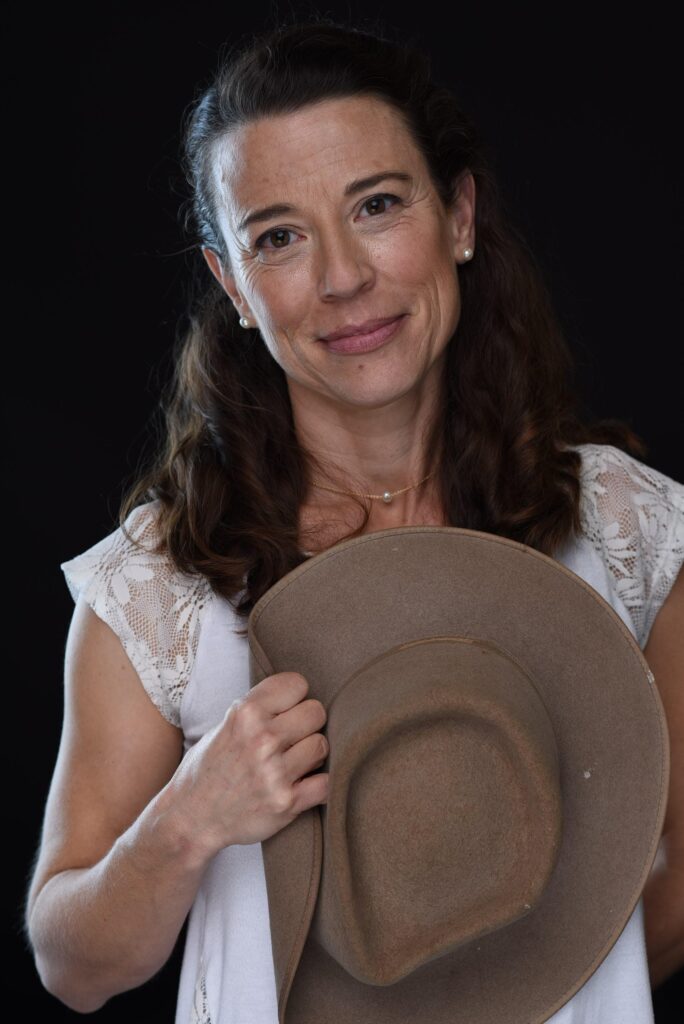
“Everybody is created. Therefore, everybody is creative.”
Linda Shanti McCabe
Episode Transcript
Jen: Hello, listeners. I am thrilled to have our guest on the podcast this week. This is Linda Shanti McCabe. She is a fellow widow, an author, and an expressive art therapist who is talking to us today about using art to help the healing process.
Thank you, Linda, for joining us.
Coping with Grief and the Power of Continuing Bonds
Linda: Thank you for having me.
Jen: I am so excited to talk to you. I know we have a lot to talk about, especially what you’ve been up to lately. You’ve been a busy girl. So, I do want to get into a little bit of your background story. And if you could just start by telling us, how did you become a widow?
Linda: My husband, Jonathan, was diagnosed with pancreatic cancer in November 2018. And he died on July 31, 2019. It’s a rough cancer, so it went pretty quickly.
Jen: How old was your son at the time?
Linda: My son was seven when his dad was diagnosed and eight when he died.
Jen: Okay. I’m so sorry. It’s just a total nightmare and especially with pancreatic cancer because it does go very quickly.
I wanted to ask you because I’m sure it was all just a whirlwind and trying to care for him and figure out end-of-life things, but immediately after, what did you find yourself kind of turning to help you through that immediate time after he passed?
Linda: Good question. We had a bunch of things happening in the beginning because we moved. My husband was a Brit, and we had taken him home to be with his family before he died. And then, we had lived in San Francisco, and I decided to move my son and I back to upstate New York, where I grew up. So, in the very beginning, it was a lot of just finding a place to live and those kinds of things. Also settling the estate, which actually takes a long time. And I think sometimes people think, I should have this done very quickly, and it’s like, you really don’t have to have it done quickly at all. I think that’s helpful. And sometimes people don’t even know what to do.
So, I was navigating all of that, but even before he died, I went back to my own expressive arts therapist. And I was seeing her because art has been a place I’ve turned to many times in my life, even starting in childhood, that has provided so many things. Solace, belonging, a sense of what can’t be expressed in other ways, creative opening, joy, love, and grief. You know, all those things. So, I really started going into that more. Especially that first year, but it’s turned into a whole way of life, which we will actually talk about. But that was one of the main places that I turned to in the first year.
And also, all things widow, that really helped.
Jen: I know. You told me you immersed yourself in all things widow, and I can totally relate to that. I mean, you said that you joined coaching programs, you read widow memoirs, and you really started researching post traumatic growth, which I love. One other thing you said, you tried to join a local widows’ group, but the age cutoff was 45. You were 47. And then you were too young for this other group.
I just thought that was a funny story because I feel like it happens to a lot of people and unfortunately, there’s just not a whole lot of support for younger widows. So, you find yourself as a young widow, and you’re already feeling just totally isolated because of that. And you feel like no one can relate. And then you’re not old enough to be in the other group. I just thought that was a funny story.
Linda: I know. I know. My dad died literally three months before my husband died. So, my mom was a widow at the same time I was. She became a widow three months before I did. And there are people in this age bracket where we don’t know if it’s normal. I mean, it really is normal because everybody dies. It’s a problem that our culture does not like to acknowledge that. I’m so out there with that now. Like, everybody dies. Everybody dies. I feel like I say that every day. Like, you’re gonna die. Everyone you love is gonna die. This is a normal thing. That’s where we’re all going. It’s not a trauma. It’s just a fact.
Jen: It’s true.
Linda: I mean, when it happens to you, all of a sudden, it’s like, Wait. What? You know, I have a doctorate in psychology, and we had like one little blip on grief in our training. Nothing on death. One little blip on grief.
Jen: Really?
Linda: Yes. Really.
Jen: That’s shocking. Because like you said, it happens to 100% of people. So why are we not talking about it?
Linda: 100%. Yeah. I do think that grief theories now are catching up with the reality of the grief experience rather than earlier grief theories, like Freud, which in my opinion, totally sucks, and are not only irrelevant, but actively harmful. I mean, at least if you’re gonna have a grief theory, be neutral, don’t harm grieving people.
Jen: So educate me a little bit. What did Freud say?
Linda: Okay. So, Freud said the task of grief work is to break ties with the deceased and readjust to new life circumstances and build new relationships. I’m down with the second part. We adjust to new life circumstances and build new relationships, but break ties with the deceased? You’re literally supposed to cut it off?
All of a sudden, they’re not a person. They’re “the deceased.” If you talk to any widow or any person who’s had their sibling or their parent or their child die, they don’t call them “the deceased,” and they certainly don’t want to “cut ties” with them.
I went to Camp Widow in San Diego this year. And the most popular workshop bar by far, the room was completely packed, was about signs.
Jen: Oh, I love that. Because it’s so common.
Linda: First, yeah, it’s so common. And second, there is no need to pathologize that. People want to still have a relationship with their person after they die, not only because they want to, but because they do. It’s not a pathology. It’s a helpful thing. That’s the new grief theory is continuing bonds.
Jen: Okay. So, if we read some of these old theories, they don’t apply anymore. And I get that the room was full because the topic was signs. I love talking about that. It’s one of my favorite things to talk about because, I mean, if you’ve experienced it, it’s real. There is a continuing bond that happens. You can’t deny that.
Linda: You’re not weird if you talk to your person in your head. You’re not weird if you have dreams of them or see them as a hummingbird. Or a cardinal or a butterfly. It’s so common and so comforting.
Jen: Is that something real? The signs like a hummingbird?
Linda: Oh, totally. Yeah. I don’t see a cardinal. My mom sees my dad as a cardinal. My husband visits as a hummingbird or butterflies in general, particularly monarchs because his name was King.
Jen: You’ve got a lot of butterfly paintings as well, right?
Linda: Yes. And my son and I raise monarchs on his death anniversary every year.
Jen: See, that’s another thing. That’s a way to keep that connection with them, you know? To keep those grief rituals and things that we can tie in.
The Camino Experience: The Power of Walking Through Grief
Jen: I want to ask you about this epic trip you took with your son recently. Can you tell us about that?
Linda: Oh, sure. Well, I think you’re talking about the Camino de Santiago?
Jen: Yes.
Linda: So, we went on the three-year death anniversary. We went on a trip to Portugal and Spain and hiked the Camino de Santiago.
Jen: So jealous.
Linda: I’m kind of thinking about organizing another Camino de Santiago trip with widows.
Jen: Do it. I love that.
Linda: Yeah. So, I’ll keep you posted. There are many different Camino’s. There’s the French one, the English one and the Portugal one. So, they’re called “the way.” The Portugal way, the French way, the English way. They all end up in the same place, which is where Saint James is buried. Why am I blanking on this? It’s in Spain. And they all end up there. And that’s where his remains are at this massive church there. So, we did the Portugal one, and it was profound and it’s a pilgrimage. So, it’s just walking. Right? It’s not like big lightning bolts. It’s just walking. Every day. Just walking. In fact, I wrote a poem about just walking.
Jen: Do you have the poem?
Linda: I do have the poem.
Jen: Can you read it? Let’s hear it.
Linda: I can. Okay. It’s called The Way Through is Through.
It’s such a simple journey, really.
Walk.
Follow the yellow arrows.
And the shell, the scallop shell that shows us with its beautiful lines that all paths lead to one.
What is the one?
Love.
Kindness.
Connection.
But there is a lot of walking through the difficulty to get to that.
Heat, blisters, hangry child.
Thoughts.
My husband should be here.
Or maybe it’s already there.
It’s already here with the difficulty.
Right here.
In it.
Mostly, it’s our minds that create suffering with their incessant fear and chatter about how things should be different than what they are.
The way is hard.
But it doesn’t need to be full of suffering.
It’s just hard.
Then you walk.
You walk with the hard.
You walk through it.
You just keep walking.
You walk with the fear, nod, and keep going.
You find that fear is wrong.
You can do this.
You can walk with the loss and find connection all around you.
You walk with the longing.
The desire for things to be different than what they are.
And if you keep walking, something happens.
The chatter stops.
You’re just walking.
Just walking.
Jen: That is wonderful. That’s beautiful. Thank you for sharing that.
So how long was your trip?
Linda: Our trip was three weeks. We did the Camino for two of those, so we didn’t do the full Camino. The full Camino is much longer, which is why I’d like to go back and do it again. I don’t think my son was quite ready to do the full Camino. But if you do the last 500 kilometers, you get this whole Compostela, like, stamp of approval at the cathedral. So, we did that.
Jen: That is amazing. Did you do a guided thing, or was it just something that you planned?
Linda: There are a lot of different ways you can do it. We did the family-friendly version where you don’t have to carry your luggage. You walk with your day pack and you don’t have to carry your luggage to the stop that you’re walking to.
Jen: I’m sure you appreciated that.
Linda: Very much. I don’t think we would have made it with a hangry child.
Jen: Well, I love that idea. We talk about that all the time in the Widow Squad. We talk about going there and doing a trip like that. I mean, that would be amazing. So, you’ve already got your little taste of it. You want to go back.
Linda: It would be such a cool trip to do with a bunch of widows. There is that movie called The Way with Martin Sheen about the Camino, which is a great movie. It’s about him scattering his son’s ashes.
Jen: Yes. I will have to check out that movie. I haven’t heard about that movie but have to go take a look at that one.
Harnessing Creative Expression: Using Art to Heal
Jen: Okay. So, let’s get back to your art and how you’ve always gravitated toward art. You mentioned earlier that you turned back to art while Jonathan was sick. But then, and after he passed, you said you really felt like you needed to paint. And you did how many paintings in that first year? 24?
And then tell us about your book.
Linda: Yes. Well, the paintings turned into a book. I was just making art because I needed to be doing something. I’m sure almost everyone experiences that when traveling with grief you have to find your people in a grief illiterate culture. You know, there are a lot of people saying unhelpful things to you. And then also just the experience of grief can be so hard to articulate with words. You know, it’s such a visceral experience.
The art really helped me with that. And I was also looking for a way to support my son. And the book was originally going to be a children’s book. We were going to write it together, but he was interested in that for about a month.
So, yeah, I just kept painting. I decided the book was going to write itself and become what it was supposed to be. Which were the paintings that I did the first year. And then I wrote affirmations to go with each of the paintings. It’s like an affirmation book for people traveling with grief. It’s short and easy to read because grief messes with the brain and there’s window fog. So, it’s a book you can pick up and put down and read a page and then put down.
Jen: And it’s beautiful.
Linda: Thank you. It’s kind of like a deck of affirmation cards in book form. Which is actually my next project I’m working on is a deck of affirmation cards.
Jen: Oh, you have to tell us when that’s ready.
What is the name of the book?
Linda: The book is called After Your Person Dies: Affirmations for Grief, Making Meaning, and Going On.
Jen: Can you please read one or two pages for us today?
Linda: Sure. I’m gonna give you three choices. Pick what speaks to you. Your loved one may send you signs. We were just talking about that. Choose to make new meaning. Become your authentic self. Live your life as if it were a series of questions.
Jen: Let’s do the signs one.
Linda: Okay. Your loved one, they send you signs. And this is a painting of a hummingbird.
Many people experience their loved ones visiting them through signs that they see. Cardinals have been considered to be messengers of the spirit world by many cultures. Butterflies are also considered by some cultures to be souls visiting from the other side. Rainbows are seen as symbols of hope that connect one world with another.
When my husband was sick, he would look into our backyard and watch for the hummingbird that would visit. Our friends made origami hummingbirds that we hung all over his room and the house. In our new home, across the country, a hummingbird visits.
You may have signs that are unique to your loved one and your relationship with them. You can trust the signs you see.
You may receive unexplainable messages from your loved one and find comfort in these messages. You can trust the messages of comfort and love that you receive.
Their love is still here.
Jen: That’s beautiful. Their love is still here. It is.
The other thing I wanted to ask you about is a lot of people are looking for an outlet. They feel like they have to get the grief out somehow, and yet they are not an artist. And they have this opinion that they cannot draw, they cannot paint, they cannot write poetry, they can’t do anything. So, do you have to be an artist to use art and grief?
Linda: Of course not.
Jen: We need to tell people you do not need to be an artist to use this.
Linda: Everybody is created. And therefore, everybody is creative. What is it that people say? I don’t have a creative bone in my body. Yes. You do. Every one of your bones was created and you are creative. And it’s not limited to painting. Right? Like some people, garden, some people cook.
I’m gonna talk about my Art of Grief program because sometimes people will not join this because they think I don’t know how to paint. Okay. First of all, we don’t paint. I am not interested in teaching people about shading or realism or things that they can hang on their wall. That’s great. If you want that, go take a painting class. We are not doing that in the Art of Grief. The whole point of the Art of Grief expressive arts program is for you to develop a relationship with your inner grief guide. That is the point. So, we do that through writing. We do that through collage. We do that through Soul Collage. We do that through altered books.
Do you know what altered books are?
Jen: No. What is that?
Linda: It’s so cool. You take a book, and you literally alter it. Right? It’s like it sounds. And I think it’s just a great metaphor for grief because what happens when our person dies is we thought we had this future that we had imagined. And then suddenly, like, plot twist. Right? And so that’s literally what you’re doing when you’re making an altered book. You take a book, and you alter it. So, like, this one, I collaged the front of it.
Jen: Okay.
Linda: And then this particular book is about grief, and I chose that on purpose because I wanted to keep some of it and change some of it to make it relevant to me. So, here’s a page where they were talking about grief theories, and I collaged over the parts that I didn’t feel were relevant. And then I highlighted the parts that I liked. I put hummingbirds around it.
And then, this one was an exercise we did in the Art of Grief where you do two images in your altered book. And one is what your relationship with grief used to be like. That’s this one. I’ll just describe it because we’re on a podcast.
Jen: Yeah.
Linda: You can’t see it, but it’s like a massive boulder that is on top of me. And then what is your relationship like now? So, this was one where I’m carrying a stone heart because I’m learning to carry grief gracefully. And then the next one is what your relationship with grief is becoming.
Jen: Okay.
Linda: Or what you would like it to become because that’s a more realistic concept of what it’s like to be in a grief process. It doesn’t end. We don’t cut ties with the relationship with the deceased. You know? Freud?
We learn to move forward with grace, bringing the love with us, creating new meaning, growing, leaning into post traumatic growth, having a greater appreciation for life and the time we have, however long we have.
So that was what mine turned into now was life is beautiful. And hard. Keep dancing.
Jen: I love that.
The Art of Grief Program
Jen: So, your program is called the Art of Grief. Can you give us a little bit more detail? Where can we go to get more information about that?
Linda: You can go to itsnotabouttheart.com.
Jen: Ok, itsnotabouttheart.com. And we can also find some information on your book and then other things that you offer. So, the grief cards, is that something that is coming out next year, do you think?
Linda: We’ll see. Don’t have a release date yet. That one is gestating.
Jen: So how many weeks is your coaching/art program?
Linda: It’s eight sessions on Friday afternoons. And then there are two expressive arts projects where we’ll do altered books, we’ll do kindness rocks, we’ll do Soul Collages. We’ll do some different journaling techniques. We’ll make universe boxes.
And then there are two sessions on Wednesdays that are open studio sessions. And those are where I’m holding space for you to do and make and create what you want. You can keep working on things from the Art of Grief program because if you get into Soul Collage, that’s something you could do for the rest of your life because there’s no end to that.
Or you could be working on a vision collage, or you could be just doing your own thing. But anyway, those are more open-ended. And the eight sessions are where I give you direction and then you check-in with each other. It’s a small group, and it’s limited to women because I want people to get to know each other and support each other. And then we’ll have the art making time in the session, and then we’ll check back in at the end.
It is virtual, but we’re right there, making art together.
Jen: Very cool. Okay. So that’s starting soon. That’s in about a month.
Wrap Up
Jen: So, one question I like to ask is what’s one helpful piece of advice that you can give to new widows who are struggling to help them get through what they’re going through?
Linda: I would say, and it’s so easy to say when you’re a little further along but hard to believe in the moment. Sometimes it’s easier to hear from someone that’s traveled that path. So, I would say give yourself so much more grace than you’re giving yourself. You don’t need to be anywhere other than where you are. You do not need to be anywhere other than where you are, especially in the beginning, when it’s just so physical. It’s just hard. It’s okay to literally take one day at a time or even one moment, one hour.
I would also say go toward what makes you feel alive. Anything that makes you feel alive, go in that direction. Don’t worry about why. Don’t worry about what people think. I think this is the gift of becoming a widow. You really don’t have to worry so much about people pleasing anymore because you’re already out of the norm. I think that’s been one of the gifts. It’s like I just don’t have that energy anymore. We have such a limited time here. Do what makes you feel good. Do what gives you a sense of purpose. Do what feels meaningful to you. If it doesn’t, don’t do it.
Jen: That’s great advice.
Linda: And if there’s something you’ve been wanting to do, like hike the freaking Camino de Santiago, do it now. I was going to do that with my husband and son. You know, do it now. If you’re waiting to retire to make art, stop it. Make art now. Even if it’s, like, for 15 minutes on the floor in your bedroom. Do it now. That’s how I wrote my first book. I just got up early, early, early, in the morning or I wrote in the car when my son was napping. Just find a way to make it happen because we really don’t have the time we think we have.
If you have an overdeveloped self-critic, I think that’s the gift of death and grief. You just have this sense of what’s meaningful and what’s not. And a lot of things we think are meaningful are not. And a lot of things we think are not meaningful are.
Jen: That’s so true. You get this whole perspective shift. Do what makes you feel alive. I love that. That’s a Linda quote. Just do what makes you feel alive. Such great advice. That was fantastic.
Well, okay, one more time if you could please give us the website again where we can get that information about the Art of Grief program.
Linda: Sure, itsnotabouttheart.com. Because it’s not about the art.
If you’re on Instagram, I’m at @griefandart.
Jen: We’re going to put all those links in the show notes so we can find you easily. But Linda, thank you. Thank you. Everything that you do is beautiful and amazing, and it’s helpful and it’s changing lives. And thank you so much for what you do.
Linda: Oh, right back at you. Right back at you. Thank you for all you do for widows.
Jen: Well, thank you. We’ll keep in touch.


